Face masks are often limited in our culture to a handful of uses. Workers in hazardous conditions, those working with particulate matter, and the stereotypical image of a suited up CDC worker fighting infectious diseases are very nearly it. Masks are used regularly by doctors and dentists, for both patient and physician benefit. Some people choose to wear masks during cold and flu season, in the hope of them preventing airborne illnesses, but it begs the question: do they really work? Should you pick up the habit, or is it all nothing more than a bit of psychosomatic peace of mind?
Types of Masks
The first thing we need to establish for this discussion is an awareness of the different sorts of masks available for use. Heavy duty masks – anything that’s designed for air filtration over cosmetic use – has a classification according to the Occupational Health and Safety Administration.
At the very basic level, you have facemasks. These are generally what people think of when they think masks; the loose, elastic masks dentists wear, seemingly made of little more than paper or a very coarse fabric. They’re designed more as physical barriers to contaminants, like spittle or chips of tooth that might go airborne in a dental operation. They help prevent the spread of disease by way of germ-containing splatters, block particulate matter and dust, but aren’t design to filter out microscopic materials.
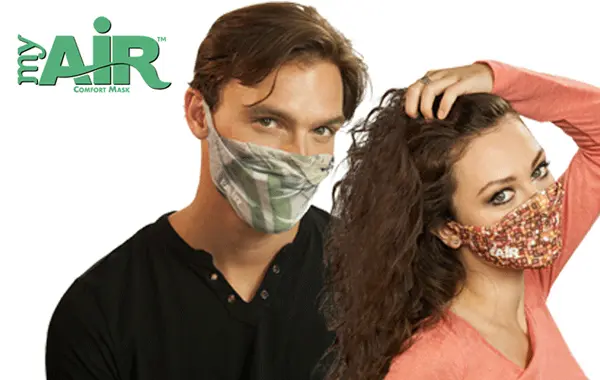
A bit higher on the spectrum are respirator masks, which are very similar to facemasks, except they’re more form fitting and create a tighter seal around the edges of the mask. They’re also denser, blocking general airflow and forcing air through a filter of some sort. The most common sort of respirator mask is the N95 mask, which means it filters out 95% of small particulate matter when tested. Respirators have a flaw, though, which is that they require a good fit in order to be effective. Users with significant facial hair, such as a moderate beard, are going to have a hard time maintaining that seal. They are also ineffective on the smaller heads of children.
Higher even than respirator masks are true respirators, which can be either air purifying or air supplying. These are the heavy duty masks worn by firefighters and scuba divers. Both are very tight, heavy masks that force a solid seal and push air through their designated filters. Air purifying masks use a variety of types of filters, often specially designed for their purposes. Air supplying masks are hooked to air tanks and are far outside the scope of anything you might want to wear just because you’re sick, to prevent yourself from getting sick.
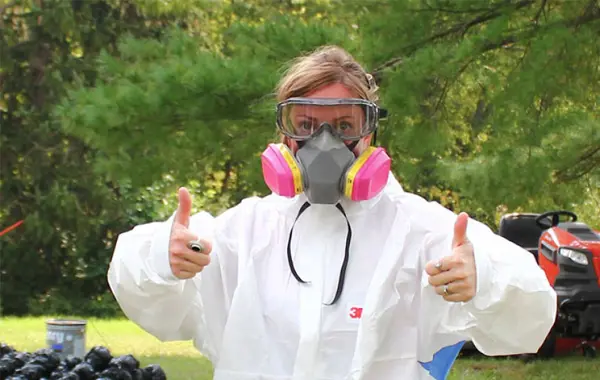
Ok, so you probably won’t want to wear a full respirator to the grocery store.
This is all a very basic rundown. There is a lot of nuance to mask classifications, but most of it deals with high end masks that are meant for industrial use, not personal use. Those masks tend to be expensive to acquire and maintain, as well.
For the purposes of the rest of this article, we’ll consider two types of masks; the facemask and the basic respirator mask.
The Asian Influence
In the early 1900s, a flu epidemic swept the world, killing millions of people. That, and an earthquake in 1923 that caused an enormous fire with a ton of smoke, cemented facemasks as a permanent accessory in Japan for a long time. China and Korea have adopted them as well, for similar reasons; air pollution.
The widespread Asian use of facemasks is historically more focused on pollution than disease, which is why you often see them wearing surgical-style facemasks rather than respirators. Unfortunately, surgical masks don’t really help because they’re designed to protect the patient and sterile field, not the wearer. All these masks do is prevent droplets from coughs or sneezes from passing out into the open air.

There’s more to the trend in modern times than simple health concerns, however. There’s an ongoing social trend where masks symbolize the lack of desire to communicate with others, much like how many of us make a show of checking our phones to avoid eye contact and small talk.
So, if you find yourself in an area with numerous mask-wearing people of Asian descent, make a note; they may not be hypochondriacs, and they may not be sick or even concerned with disease. They may simply be making a social statement.
That’s not to say, however, that all mask use is social. Masks have a defined role in filtering air, to remove particulates and diseases. So, we pose the question again; does wearing a mask prevent disease, or is it simply peace of mind?
Looking into the Science
Scientists have, of course, spent some time studying the effects of masks on airborne disease. They want to know as much as you do whether or not masks are helpful in preventing the spread of the flu and flu-like diseases.
One such study was performed in 2008 and published in the International Journal of Infectious Diseases. That study was the first randomized, controlled clinical trial of mask use with the intent to prevent respiratory virus transmission. The relevant passage is this: “when used correctly, masks are highly effective in preventing the spread of viral infections. Family members of children with flu-like illnesses who used the masks properly were 80 percent less likely to be diagnosed with the illness.”
Now, there are a few key details to pull out of this. The first is the statement that using masks is indeed effective. You are statistically 80 percent less likely to catch the flu from others when you wear a mask properly. This is good news for mask proponents.
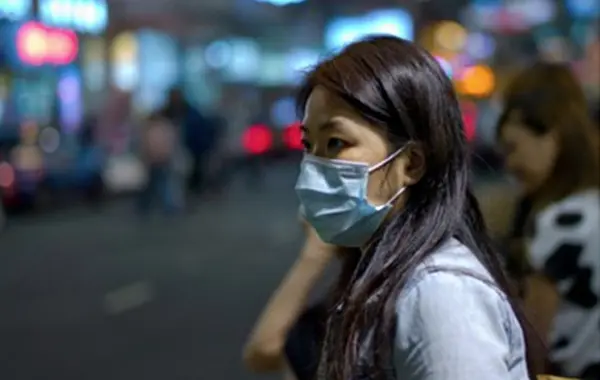
The second is that it’s only effective when you actually wear the mask properly. Reading the study directly, they note that there was a less than 50 percent compliance rate in their sample group. The 80 percent success figure is taken from the subset of users who did indeed comply with mask instructions, which involve wearing masks that fit, making sure they seal properly, and changing filters when necessary.
The third is that the study compared both P2 (the European classification similar to N95) and surgical facemasks. In their small sample size, there was no significant difference between the two, but their sample worked out to be effectively less than 150 people. Larger studies needed to be performed.
Other studies have been performed, though sample sizes are still generally small, and most focused on the effects of mask use and hand hygiene, which is already known to be effective.
One final note is that mask usage is dependent upon location as much as it is other factors. In a hospital setting, where you may be frequently exposed to a wide range of diseases, masks are essential. In the household, where you may not have as much variety but your exposure levels can be much higher, they are also quite effective. However, walking down a busy street or taking public transportation may not be as densely packed with potential exposures, and may be less necessary for mask use. No real studies have been performed testing masks outside of certain fixed locations, unfortunately.
The Centers for Disease Control and Prevention states that surgical facemasks “help stop droplets from being spread by the person wearing them. They also keep splashes or sprays from reaching the mouth and nose of the person wearing them. They are not designed to protect against breathing in the very small particle aerosols that may contain viruses.”
In other words, it’s important to choose a face mask that doesn’t gap at the sides like a surgical mask, and can filter very small particles like viruses and bacteria.
The moral of the story here is that masks can dramatically reduce the chances of you getting sick from exposure to the flu in your daily life, but they cannot guarantee that you won’t catch the disease. They can also help prevent you from spreading it if you’re sick, but then you’re faced with the issue of wearing a mask when you’re already in uncomfortable situations. As mentioned above, improper mask usage – including pulling it off every two minutes to blow your nose – would negate the efficacy of the mask in the first place.
The Real Benefits to Wearing a Mask
For most people looking to stay protected during flu season, wearing a mask may be just what the doctor ordered. Most mask talk, and most of the above, concerns filtering disease particles directly, but what about the other benefits of the mask?
One major benefit of wearing a mask, even just a surgical style facemask, is that it forms a physical barrier between your face and your hands. A huge vector of disease transmission is hand to face. You touch a contaminated surface, and later touch your nose or mouth, and the disease lingers in the mucous membranes, where it can slowly infect your body. By placing a physical barrier in the way, you’re at the least reminded to wash your hands before touching your face.
Another benefit is in filtering other airborne contaminants. Air pollution, pollen, allergens, and other particulate in the air can aggravate your respiratory system, putting stress on the body and making it more difficult to resist diseases.
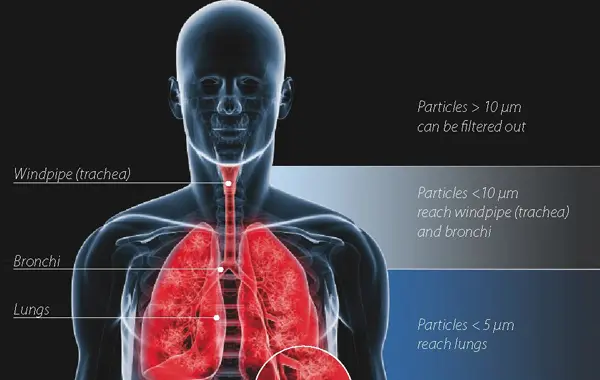
On top of that, you have the moisture retention capability of a mask. Dry air is another risk factor for disease, which is why autumn is flu season; the air is getting colder and dryer, and it’s opening vectors for disease in your body. Some masks retain some of the moisture of your breath and prevents your mouth, nose and throat from drying out.
The Final Conclusion
So, to answer the initial question, are masks useful for helping prevent the flu? The answer is a firm yes.
In order to get the most out of your mask, however, you have some decisions to make and you have to be aware of how to properly use a mask.
First of all, you need to get the right kind of mask. Going to a hardware store and picking up a box of 100 cheap masks isn’t likely to help all that much. These masks don’t fit well, they don’t filter much, and are generally just used to filter large particulate matter like dust from construction.
You’re more likely going to want to find a higher quality mask with swappable filters or, at least, a mask that is comfortably form fitting. The biggest factor relating to the efficacy of a mask is that it fits well when you breathe. If you’re breathing around the mask rather than through it, it’s not doing you any good.

You will also need to choose a mask that is comfortable enough for daily use. If the mask is irritating you as much as the illness would, you’re really not gaining much benefit from wearing it. Plus, a comfortable mask is a mask you’re less likely to circumvent out of annoyance.
You will also need to make sure you’re wearing your mask in the right circumstances. Wearing it to prevent getting sick is only valuable if you’re in a situation where you may be exposed to airborne illness. If someone in your household is sick, you should wear the mask at home. If someone at work is sick, wear the mask at work. If you are sick and want to help prevent your family from catching it, wear the mask until your illness has passed.
Finally, you need to do more than just rely on the mask. Practice good hygiene, in particular, in order to prevent the most common vectors of disease. Wash your hands frequently, particularly after you interact with anyone who is themselves sick. Make sure you’re drinking enough water to stay hydrated and keep your body in tip top shape for fighting off diseases. Make sure to eat right, so you’re not hampering yourself with a nutrient deficiency. Masks alone can help, but they aren’t a guarantee, and they aren’t a cure.


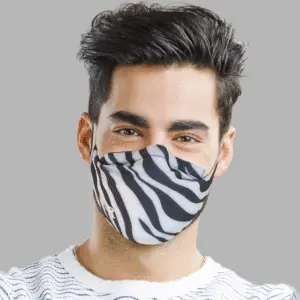

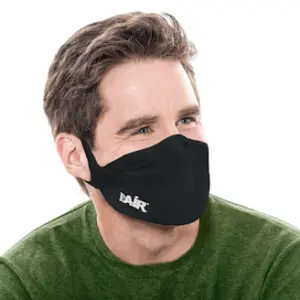
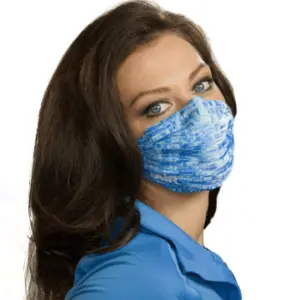
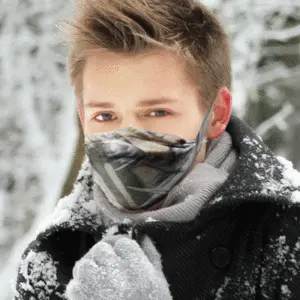
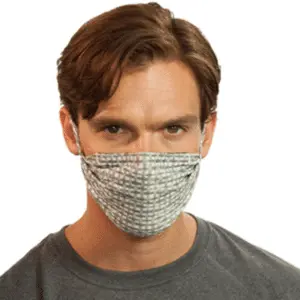
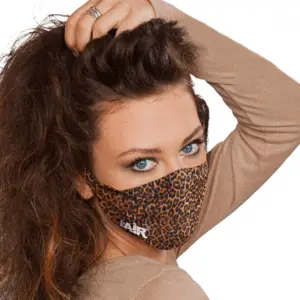
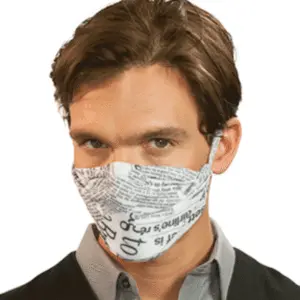

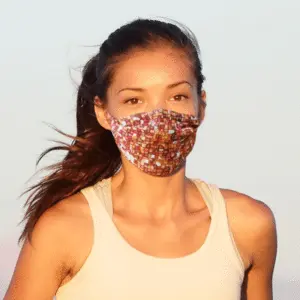

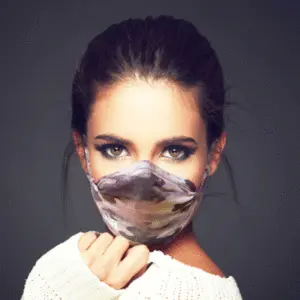
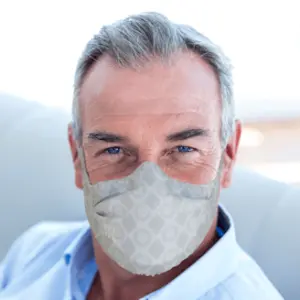



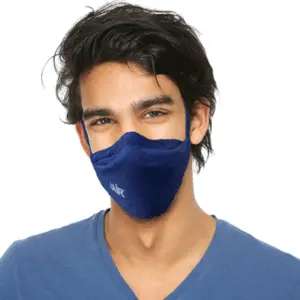

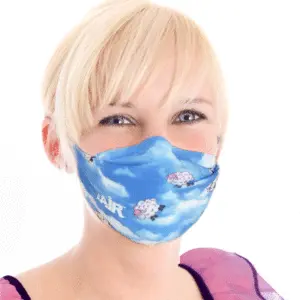
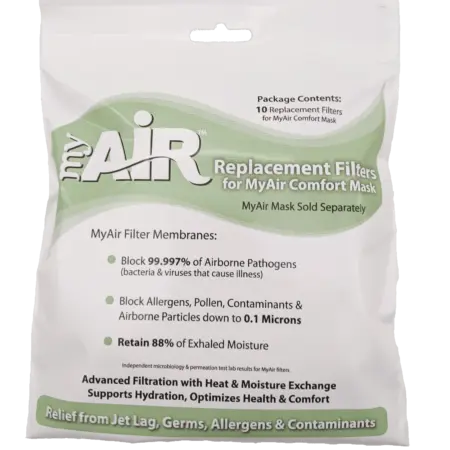
0 Comments